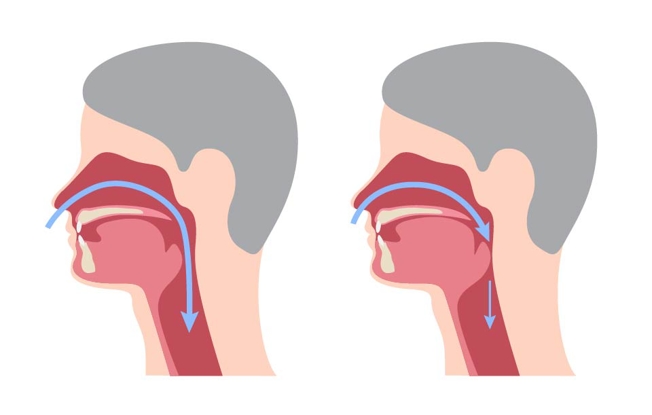Are Age Spots an Early Sign of Skin Cancer?
- Category: Cancer, Skin Cancer
- Posted On:
- Written By: Parrish Healthcare
.png)
What are Age Spots?
Also known as “sunspots” or “liver spots,” age spots are caused by sun exposure and can be most prevalent on the face, back, back of the hands, shoulders, and arms. Skin cancer growths could be mistaken as age spots, which is why it's crucial to understand the differences. Here’s what you need to know.
What is the Difference between Age Spots and Skin Cancer?
While age spots can heighten the look of aging, they are not harmful and are usually small, flat, dark brown spots. Skin cancer, on the other hand, has many other tell-tale signs. The ABCDEs of detecting skin cancer is a helpful acronym to use when doing a self-examination of your skin.
- Asymmetry: One side of a mole or birthmark does not match the other.
- Border: Irregular or scalloped edges.
- Color: Varied shades of tan, brown, and black or sometimes white, red, pink, or blue.
- Diameter: A spot that is larger than 6mm (the size of a pencil eraser). In some cases, it can be smaller.
- Evolving: Mole or skin lesions suddenly change size, shape, and/or color.
How Often Should You Spot Check?
Checking your skin at least once a month can help you stay on top of your skin health, as well as increase the likelihood of detecting skin cancer sooner than later. If you are at a higher risk of developing skin cancer, talk to your doctor about how often you should do self-exams, and have professional screenings. Higher risk individuals may include:
- People who have poor immune systems
- People who have had skin cancer before
- People with a family history of skin cancer
How to Stay Protected
From limiting the appearance of age spots to reducing your risk of developing skin cancer, here are some tips to protect your skin:
- Apply sunscreen daily with at least an SPF of 15 (the higher the SPF, the better the protection).
- Stay out of the sun between the hours of 10 a.m. and 4 p.m. when it’s at its strongest.
- Wear loose, lightweight clothing that covers your arms and legs.
- Wear a wide-brimmed hat and sunglasses with UVA and UVB protection.
Contact Parrish Cancer Center
If you are concerned about your risk of developing skin cancer, we can help. To learn more about cancer screening, treatment and prevention, contact The Parrish Cancer Center today at 321-529-6202. Our caring oncology team is here to guide you every step of the way.



